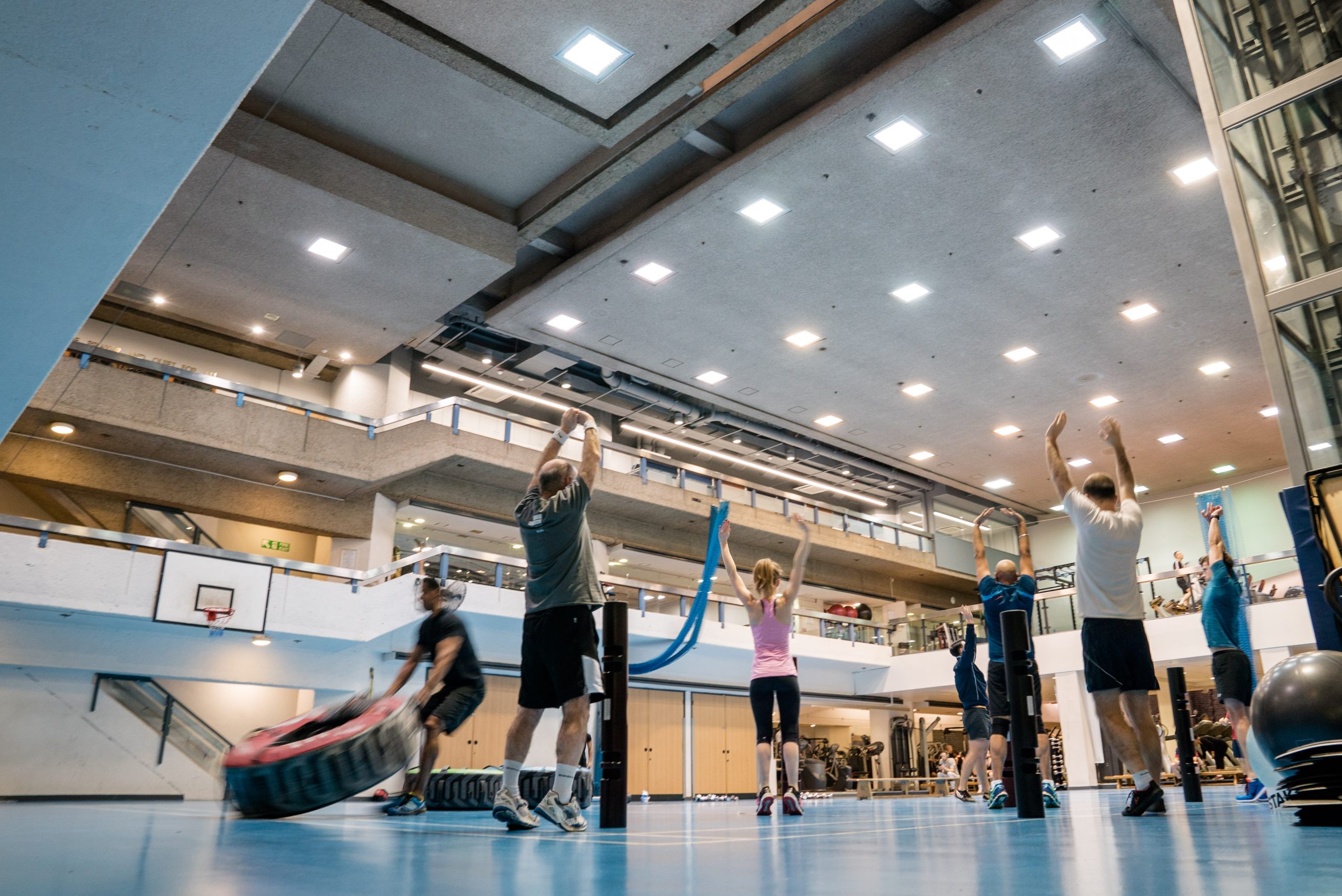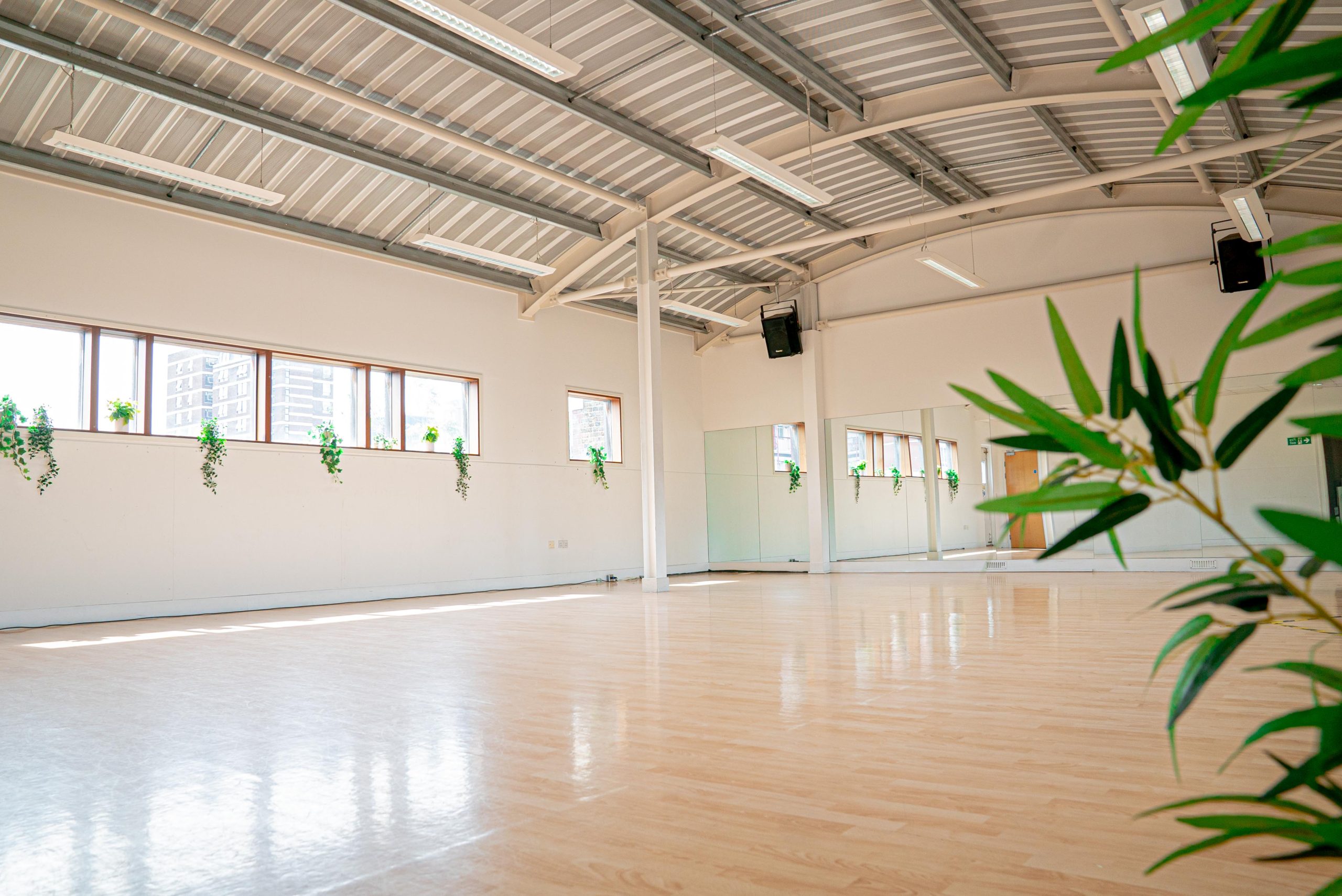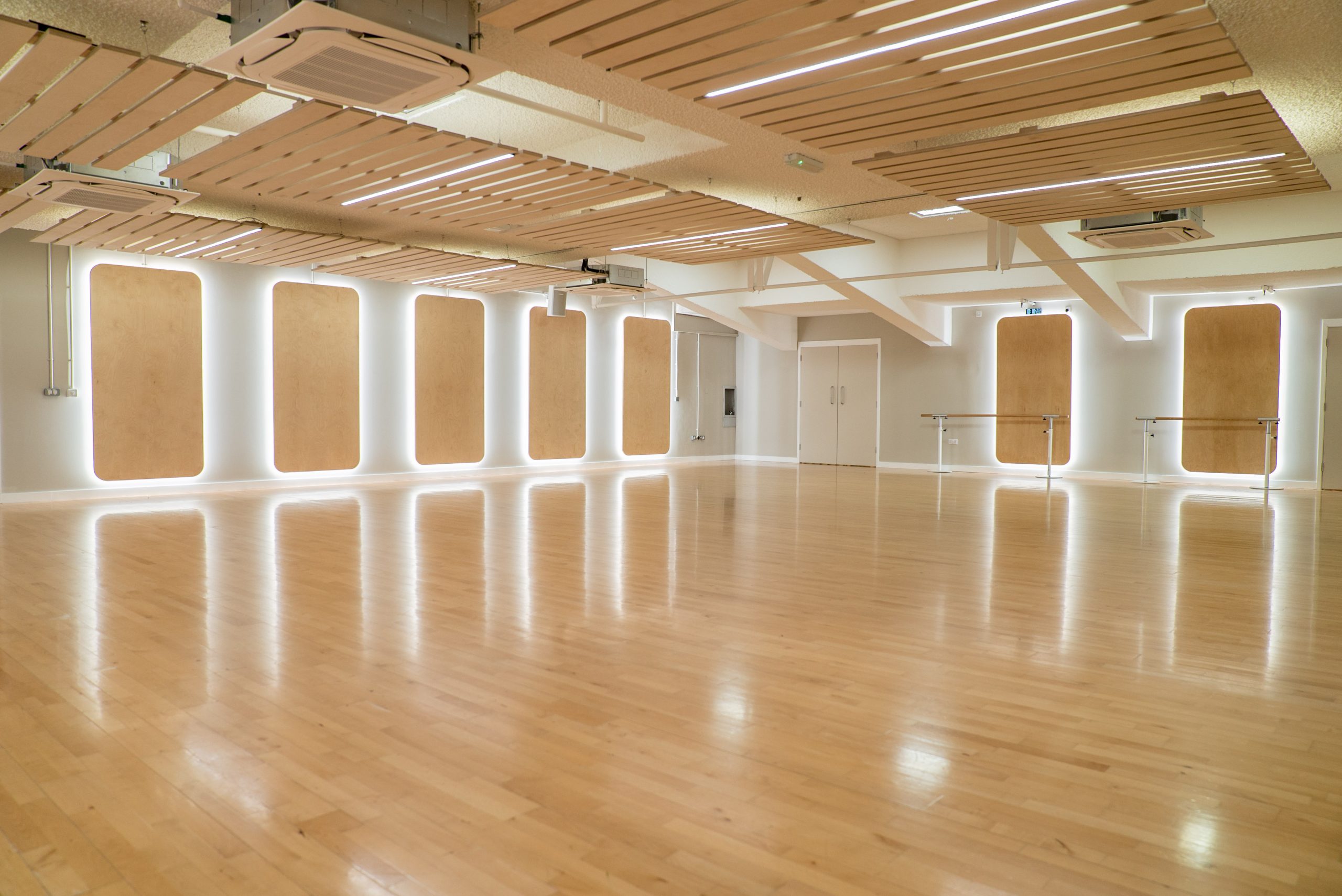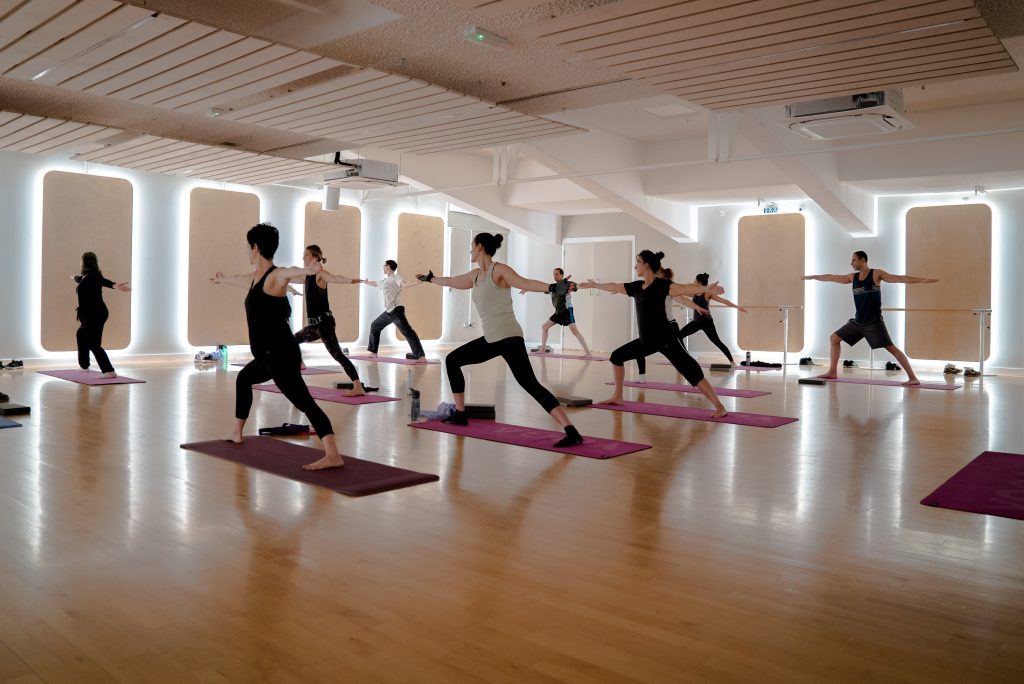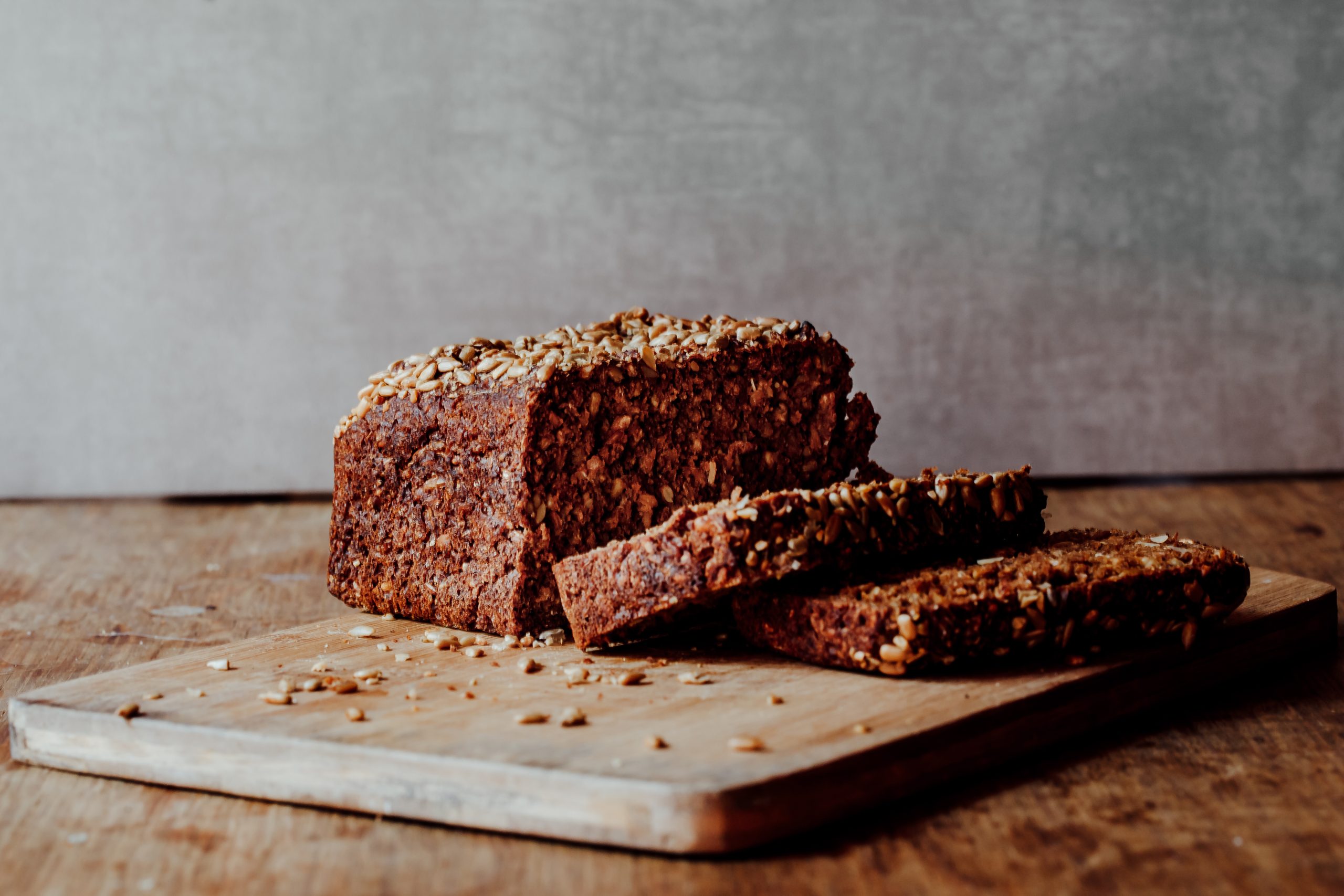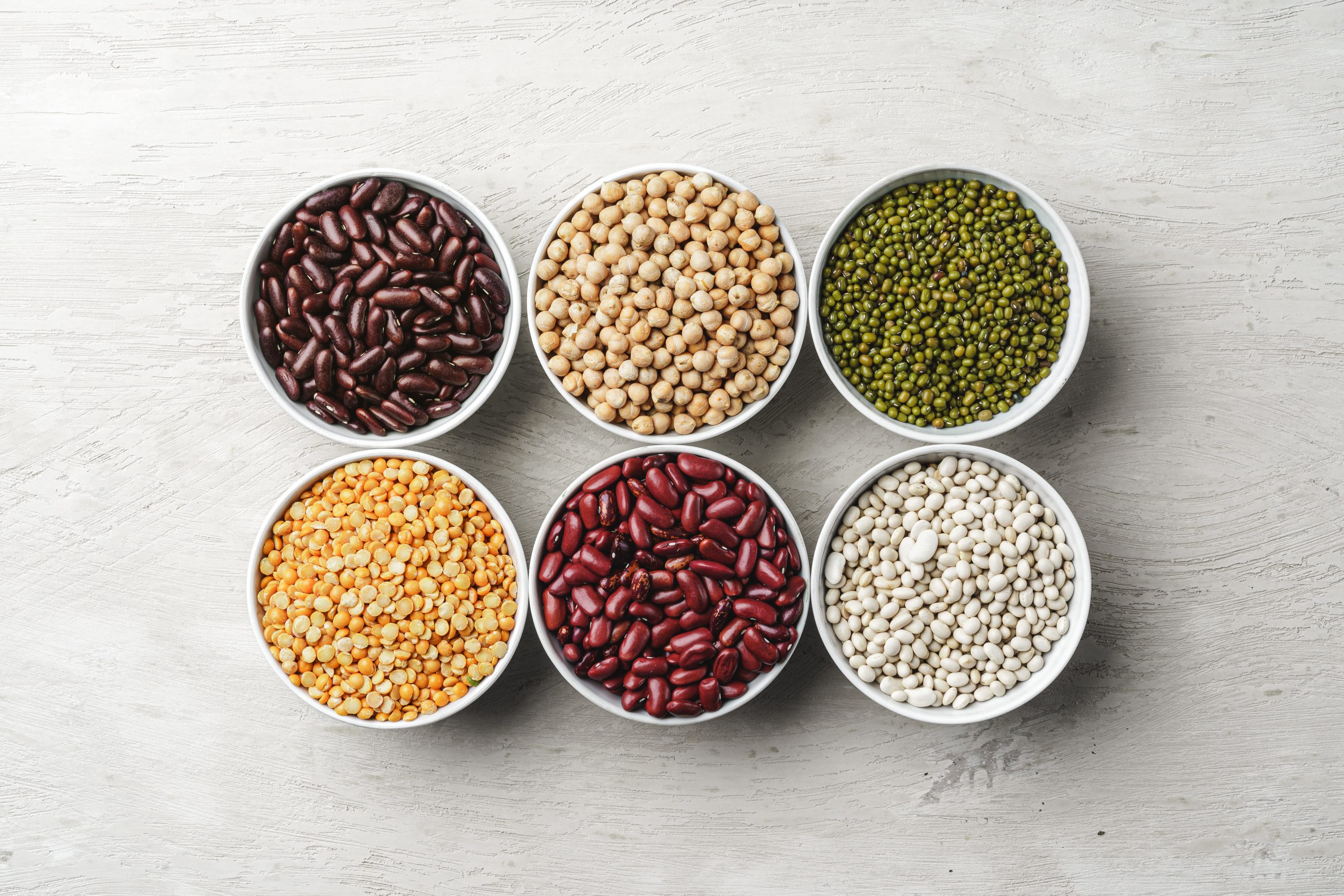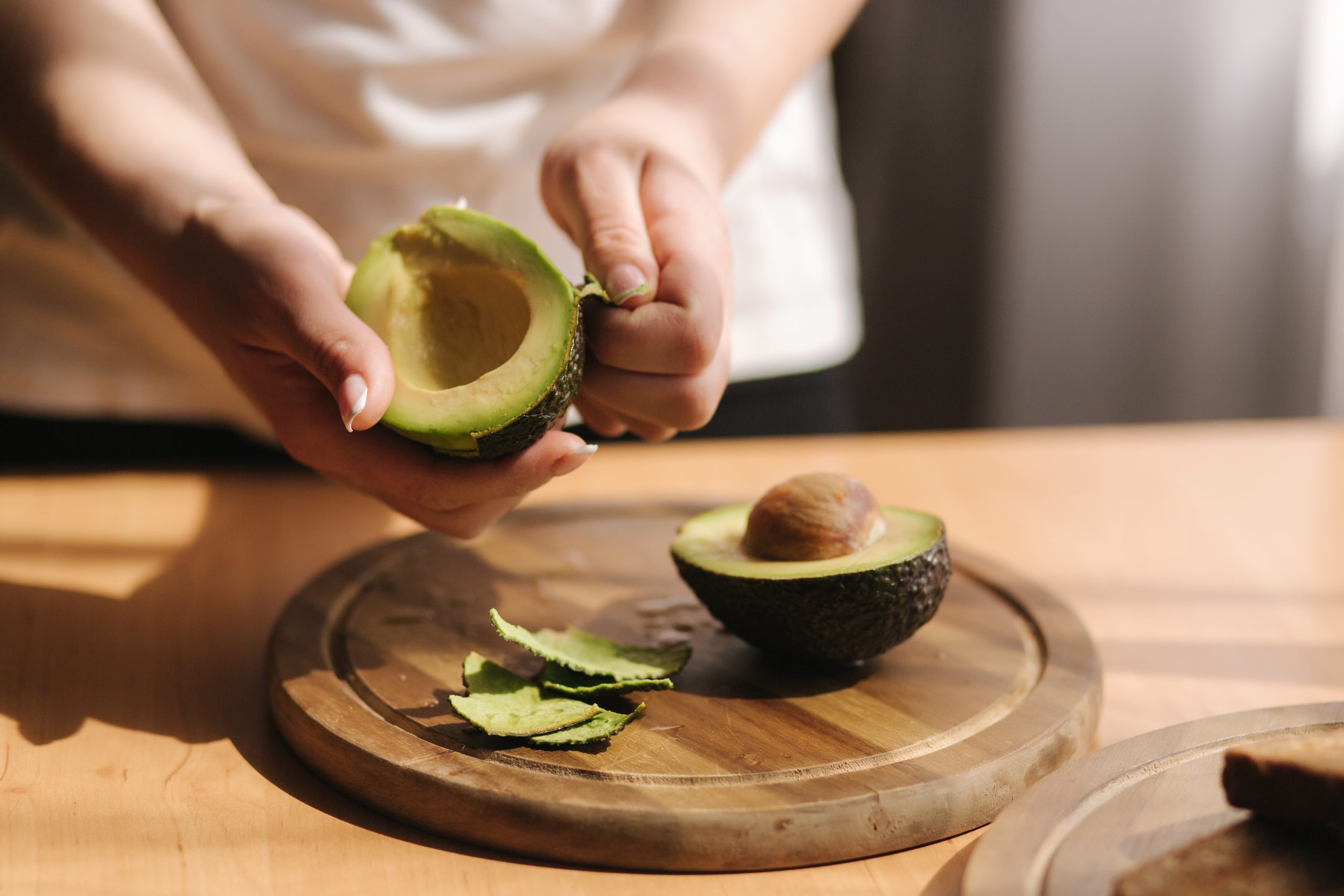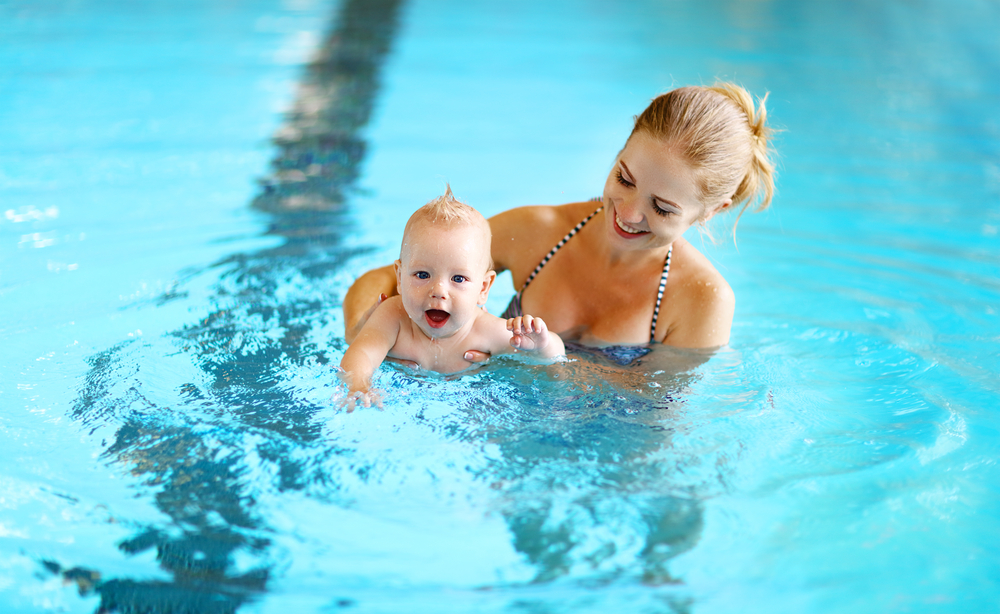7 Simple Ways to Incorporate More Movement Into Your Day
Post by:
|
Mental Health Awareness Month: Moving More for our Mental Health
May is Mental Health Awareness Month, and this year’s theme is “Movement: Moving more for our mental health.” As a Charity that has a core focus in the fitness and wellness sectors, we’re strong believers that getting in more movement is beneficial to all aspects of our health, including our mental wellbeing.
Exercise – and all forms of movement – have so many benefits for both our physical and mental health. But for those days that you don’t have time for a dedicated gym session, there are plenty of little ways to incorporate healthy movement and avoid sitting for long periods of time.
These are seven little ways you can incorporate a bit more movement into your day (particularly on workdays when you feel like you have a million and one things on your to-do list!):
1. Start your morning with a 5-10 minute stretch.
Not only does a morning stretch feel great, it also encourages good posture and blood flow, helps you start your day with less stress, and gives your mind and body an energy boost to take on the day. Need some inspo? We’ve got some short stretching videos on our YouTube channel.
2. Take a lunchtime walk.
If you have an allocated lunch break as part of your workday, use it as a time to give your mind a rest so you can come back refreshed to complete your afternoon tasks. This is the perfect opportunity to get in a nice walk, especially now that it’s getting warmer and sunnier!
3. Try a standing desk.
Standing desks are great for improving circulation, and standing while you work is also proven to improve your energy and reduce stress levels. If you don’t own a standing desk, you don’t necessarily need to invest in any fancy equipment. A kitchen counter or hightop table work just as well!
4. Stand up from your desk every 30 minutes.
Sitting for long periods of time has a negative impact on blood circulation, insulin resistance, posture, and bone strength. You’re also likely to feel more stressed if you don’t take little breaks throughout your day. For every half hour you spend sitting, aim to stand up for at least five minutes. Do a quick stretch, take the dog out, or go into the kitchen to make yourself a cup of tea. If you’re in deep concentration mode and don’t want to break your focus, this is where a standing desk can be a great option!
5. If possible, walk or cycle to your destination.
Whenever possible, skip the car or Tube and walk or cycle instead! You’ll get in some extra movement and some fresh air – something else that’s proven to support better mental health.
6. Take the stairs instead of the lift or escalator.
If you’re only heading up a few storeys, consider taking the stairs. This will get your heart pumping and encourage healthy joints. Plus, imagine the leg and glute muscles you’ll build up over time!
7. Try swapping your office chair for an exercise ball.
Similar to using a standing desk, sitting on an exercise ball helps keep your muscles and core engaged. You’ll get in a bit more movement compared to a standard desk chair, and sitting on an exercise ball is also excellent for your posture.
Why not give one of these tips a try today? And if you’ve got a bit more time for a dedicated workout, look through the workout videos on our YouTube channel or book in for a group exercise class at YMCA Club!

